table of contents
CLASSIC SHORTCRUST PASTRY RECIPE
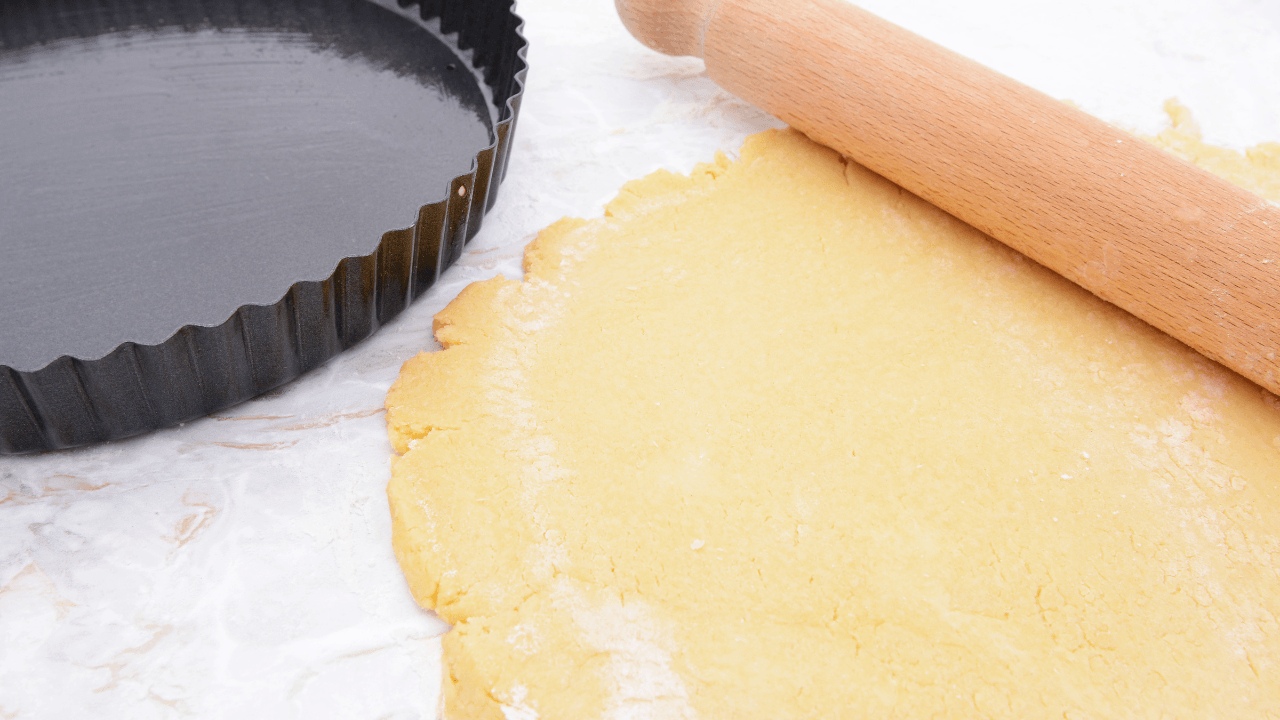
Equipment
- Stand Mixer
Ingredients
- 500 gr Baking Flour
- 230 gr Icing Sugar
- 300 gr Butter (at 18°C (64°F))
- 80 gr Eggs
- 20 gr Honey
- 4 gr Salt
- 1 pod Vanilla Bourbon
Instructions
- Work at medium speed softened butter with powdered sugar, honey, and flavorings in the mixer
- Separately, dissolve the salt into the eggs so that it is dispersed. Once the butter is well mixed with the sugars, add the eggs while continuing to mix.
- Add the flour to the mixture and knead just for the time needed to form the dough. It is essential not to overdo with the working of the shortcrust pastry and avoid the formation of gluten, which would make the tart not very crumbly and "rubbery" once baked.
- Let set the shortcrust pastry in the fridge for at least 2 hours covered with plastic wrap.
- When out of the fridge, shortly re-knead the shortcrust pastry and roll it out (to about ½ cm to make tart bottoms) using a tiny amount of flour.
- Bake in a preheated oven at 160°C (320°F) for at least 20min with the oven door slightly open.
Video
Notes
Nutrition
Shortcrust Pastry Variations (with Example Ratios)
Classic Shortcrust Pastry
The most versatile version, perfect for tarts and cookies. Balanced and crumbly, it’s the base of traditional pastry.
Ratio: 500 g (4 cups) pastry flour, 250 g (1 cup + 2 Tbsp) butter, 200 g (1 ½ cups) powdered sugar, 100 g (5 yolks).
Soft Shortcrust Pastry
More powdered sugar and more yolks for a tender, melt-in-your-mouth texture. Best for fruit tarts and cream-filled pies.
Ratio: 500 g (4 cups) flour, 250 g (1 cup + 2 Tbsp) butter, 250 g (2 cups) powdered sugar, 120 g (6 yolks).
Crispy Shortcrust Pastry
Uses more butter and granulated sugar, with a slightly longer bake time, for a firmer, crunchier crust. Great for dry cookies and sturdy tart shells.
Ratio: 500 g (4 cups) flour, 280 g (1 ¼ cups) butter, 220 g (1 cup + 2 Tbsp) granulated sugar, 100 g (2 large eggs).
Common Mistakes to Avoid with Shortcrust Pastry
1. Using butter that is too soft or melted
Butter should be cool and plastic, not melted. If it’s too warm, the dough turns greasy and hard to handle.
2. Overworking the dough
Kneading too much develops gluten, making the pastry tough instead of tender. Mix only until the ingredients are just combined.
3. Skipping the resting time
Resting in the fridge stabilizes the butter and relaxes the gluten. Without it, the crust shrinks and loses shape during baking.
4. Baking at too high a temperature
Excess heat makes the pastry too dark and overly crisp. The ideal baking temperature is 325–340°F (165–170°C) in a static oven.
5. Not weighing the eggs
Eggs vary in size. Always weigh them and adjust according to the recipe’s ratio to keep the dough balanced.
Pastry Chef Tips
Renowned pastry masters suggest these professional tricks for perfect shortcrust:
- Use butter at 57–61°F (14–16°C) for the best texture.
- Rest the dough in the fridge for at least 12 hours before baking tarts or cookies.
- Add a little honey or inverted sugar to retain moisture and improve color during baking.
How to Store Shortcrust Pastry
- Refrigerator (39°F / 4°C): wrapped in plastic, up to 5–7 days
- Freezer (0°F / -18°C): up to 2 months
- Thawing: always thaw in the refrigerator to preserve texture and crumbliness
Flavor Variations for Shortcrust Pastry
You can enrich the flavor of shortcrust in many ways without compromising structure. Here are some classic options:
- Cocoa powder: Replace part of the flour with 10 g cocoa for every 100 g flour.
- Nut flours (almond, hazelnut, pistachio): Replace 50 g of flour with about 150 g nut flour for a delicate aroma. Do not exceed this amount or the dough will dry out.
- Nut pastes: Pistachio or hazelnut paste add depth. Mix into the dough at 100 g paste per 1 kg flour.
- Chocolate: Melted chocolate can replace part of the flour; balance sugar accordingly to avoid drying out the crust.
How to Make and Store Shortcrust Pastry
The way you mix the ingredients has a decisive impact on the final result. Even with the same recipe, different techniques will give you very different textures. There are three classic kneading methods:
Traditional Method
- Cream the butter with sugar and flavorings (such as grated lemon zest or vanilla).
- In a separate bowl, dissolve the salt in the beaten eggs.
- Add the eggs to the butter mixture, then fold in the flour. Knead only until the dough comes together—do not overwork it to avoid excess gluten.
Wrap the dough tightly in plastic wrap and refrigerate at 39°F (4°C) for 10–12 hours before use.
Sablé Method
Rub cold butter into the flour (by hand or with a stand mixer) until the mixture resembles damp sand. This coats the flour with fat, limiting gluten development and creating a very crumbly texture. Add powdered sugar, flavorings, and eggs. Once the dough is formed, wrap it and refrigerate for at least 10–12 hours before use.
Whipped Method (ideal for delicate tea cookies)
Whip softened butter (64–68°F / 18–20°C) with sugar until light and fluffy. Add eggs, salt, flavorings, and finally sifted flour. This dough must be piped and baked immediately, as it cannot be rolled. Do not exceed 30% butter relative to the flour weight, or the cookies may lose their shape while baking.
Shortcrust Pastry Ingredients & How They Work
Shortcrust pastry—known in Italian as pasta frolla—is a versatile base used for tarts, pies, and cookies. It’s made with a few essential ingredients that define its texture and flavor:
- Flour: Provides structure. Choose low- to medium-protein flour, such as all-purpose or pastry flour. This prevents the dough from turning tough and ensures a tender, crumbly crust.
- Sugar: Adds sweetness, encourages browning, and helps extend shelf life. Powdered sugar gives a delicate, melt-in-your-mouth crust, while granulated sugar creates a crisper bite.
- Butter or other fats: Contribute richness and crumbliness. Butter also helps capture and retain aromas in the dough. Always chill the dough before baking for the best flaky texture.
- Liquids: Eggs (whole or yolks) bind the dough and add color. Water or milk can also be used in some variations, but eggs are traditional for Italian shortcrust pastry.
Complementary ingredients—such as lemon zest, vanilla, or spices—can be added to personalize flavor.
Build Your Own Shortcrust Pastry Recipe
A classic Italian shortcrust pastry recipe (pasta frolla) follows this standard ratio:
- 1,000 g (7 ¾ cups) all-purpose flour
- 500 g (2 ½ cups) sugar
- 500 g (2 ¼ cups) butter
Total: 2 kg (≈4.4 lbs)
Eggs are added at about 10% of the total weight. In this case: 200 g (≈4 large eggs). Don’t forget the salt: about 0.5% of the flour weight, or 5 g (1 tsp) per 1,000 g flour.
But what if you want a more crumbly shortcrust—perfect as a mousse base or tart shell? You can adjust the butter-to-egg ratio:
- For every +100 g (3 ½ oz) butter, reduce eggs by ≈30 g (1 whole egg) or 35 g yolk.
- If butter is reduced, increase eggs accordingly to maintain balance.
Example adjustment:
- 1,000 g (7 ¾ cups) flour
- 500 g (2 ½ cups) sugar
- 600 g (2 ⅔ cups) butter (+100 g)
- 170 g eggs (≈3 large eggs + 1 yolk)
- 5 g (1 tsp) salt
This formula ensures your shortcrust pastry stays balanced, whether you want it firmer for cookies or crumblier for tarts and pies.
I replay your questions about shortcrust pastry
Yes, you can replace the granulated sugar with an equal weight of icing sugar. The shortcrust pastry prepared with icing sugar will have smaller alveoli than that prepared with granulated sugar.
Yes, you can replace the butter with Margarine in equal weight.
Yes, but in this case, be careful to use oils that are not too strong in flavor (such as rice oil).
Olive oil can be a good substitute for butter, but I recommend using about 100gr for every 400gr of flour.
Yes, you can freeze the shortcrust pastry for about 60 days.
When you want to thaw it, place it in the fridge for 24h, before using it, and avoid thawing it at room temperature.
If well wrapped with plastic wrap, you can store the shortcrust pastry in the refrigerator for up to 5/7 days.
This will allow you to prepare the shortcrust pastry quite in advance!
Baking powder is generally used if you want to obtain a shortcrust pastry with marked alveolation. Still, in most cases, it is not used.
When making dry cookies, you can substitute baking powder with baking ammonia and get crispy cookies. Don’t worry; the smell of ammonia you perceive during the baking will not stay in the baked product.
In general, yes, but in this case, you need to review the liquids in the recipe (those lost from replacing the egg whites).
Yes, but be careful to choose weak flours, low in proteins. In case you want to use type 1 or wholewheat flour, I suggest you prepare the shortcrust pastry with the sablé technique to limit gluten formation.
Sure, the process and the ingredients’ order do not change vs. the process with the stand mixer. To avoid overheating the dough with your hands’ heat, I recommend using a fork to mix the ingredients and then finish the dough with your hands.
Once removed from the fridge, the shortcrust pastry tends to be less plastic.
For this, you will just need to knead it for a few minutes, until it gets the right consistency.
However, suppose the shortcrust pastry tends to crumble once it is out of the refrigerator. In that case, it is most likely due to an incorrect balance in the recipe.
You can remedy this by adding a tiny amount of water, recompacting everything, and then working the dough as you prefer.
The addition of honey is widespread in shortcrust pastry used for tarts. The honey will give the shortcrust pastry a beautiful color during baking, lower the baking temperature by 20°C (68°F)
I suggest you place the shortcrust pastry between 2 sheets of baking paper, lower it to about 1cm thick and then place it in the freezer for 15/30minutes.
Suppose the consistency of the shortcrust pastry is not crispy and crumbly after baking. In that case, this is due to the wrong proportion of sugar and fat. Most likely, you have used too much sugar and not enough butter (or fat).
The explanation is in the excessive quantity of butter (or fat) in the recipe. Shortcrust pastry very rich in butter (above 600gr per 1kg of flour) and, therefore, very crumbly is preferable for making bottoms for mousse and modern cakes. Still, they are not suitable for making tarts.
Yes, if you want to obtain a gluten-free pastry. In this case, decrease the amount of liquid (eggs) because rice flour absorbs less water than wheat flour.

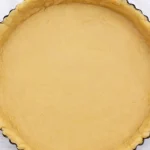



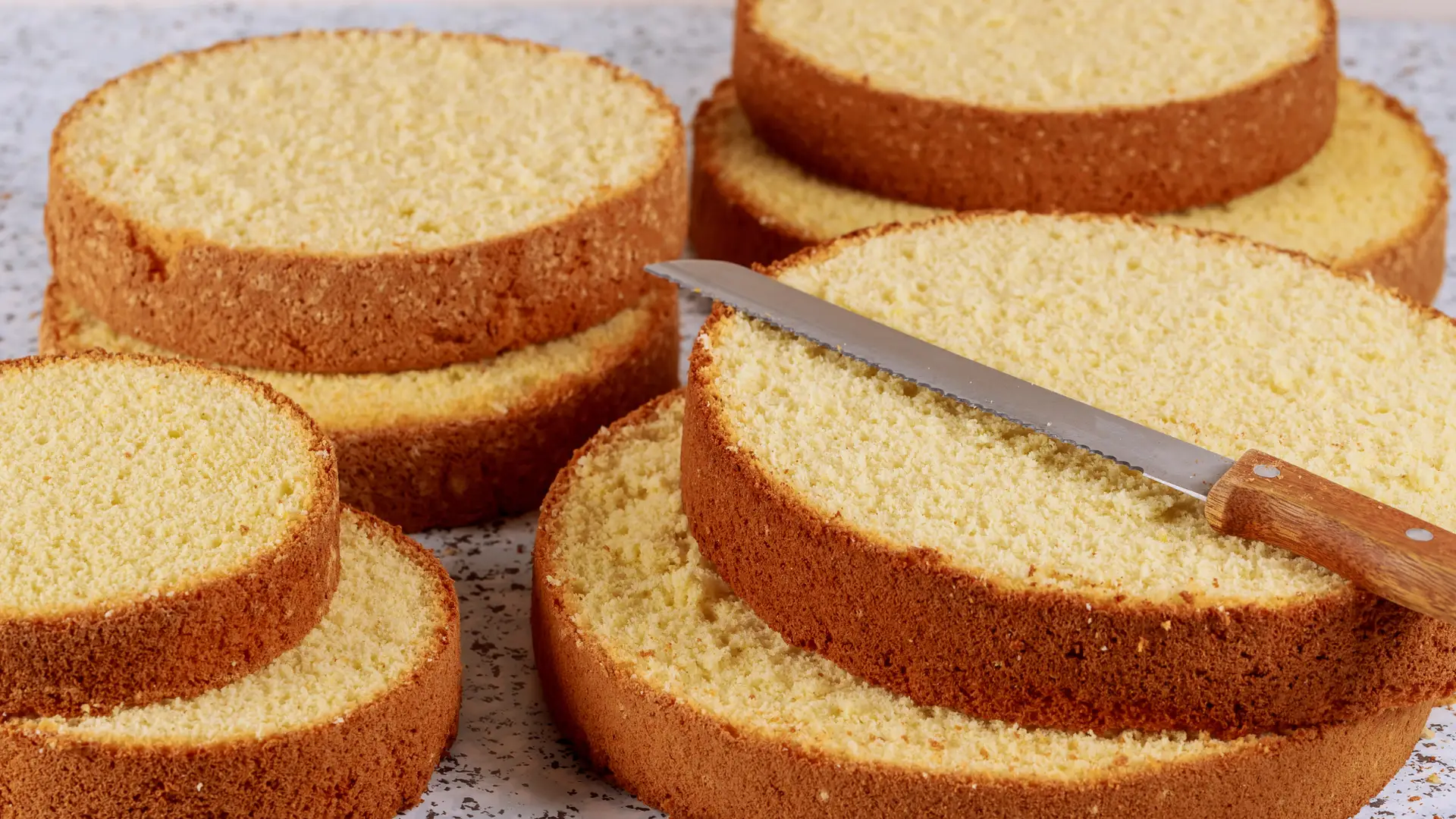
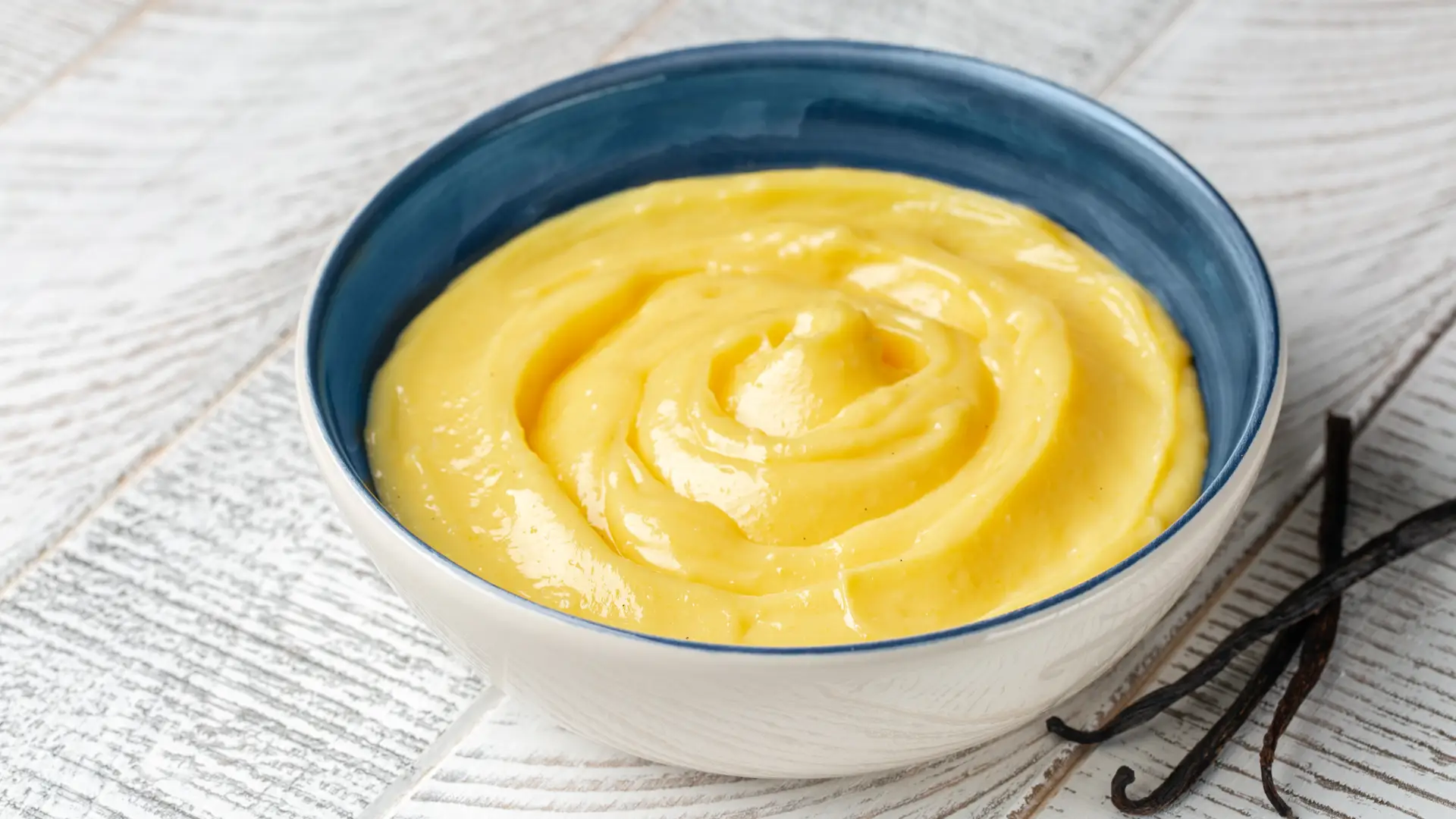

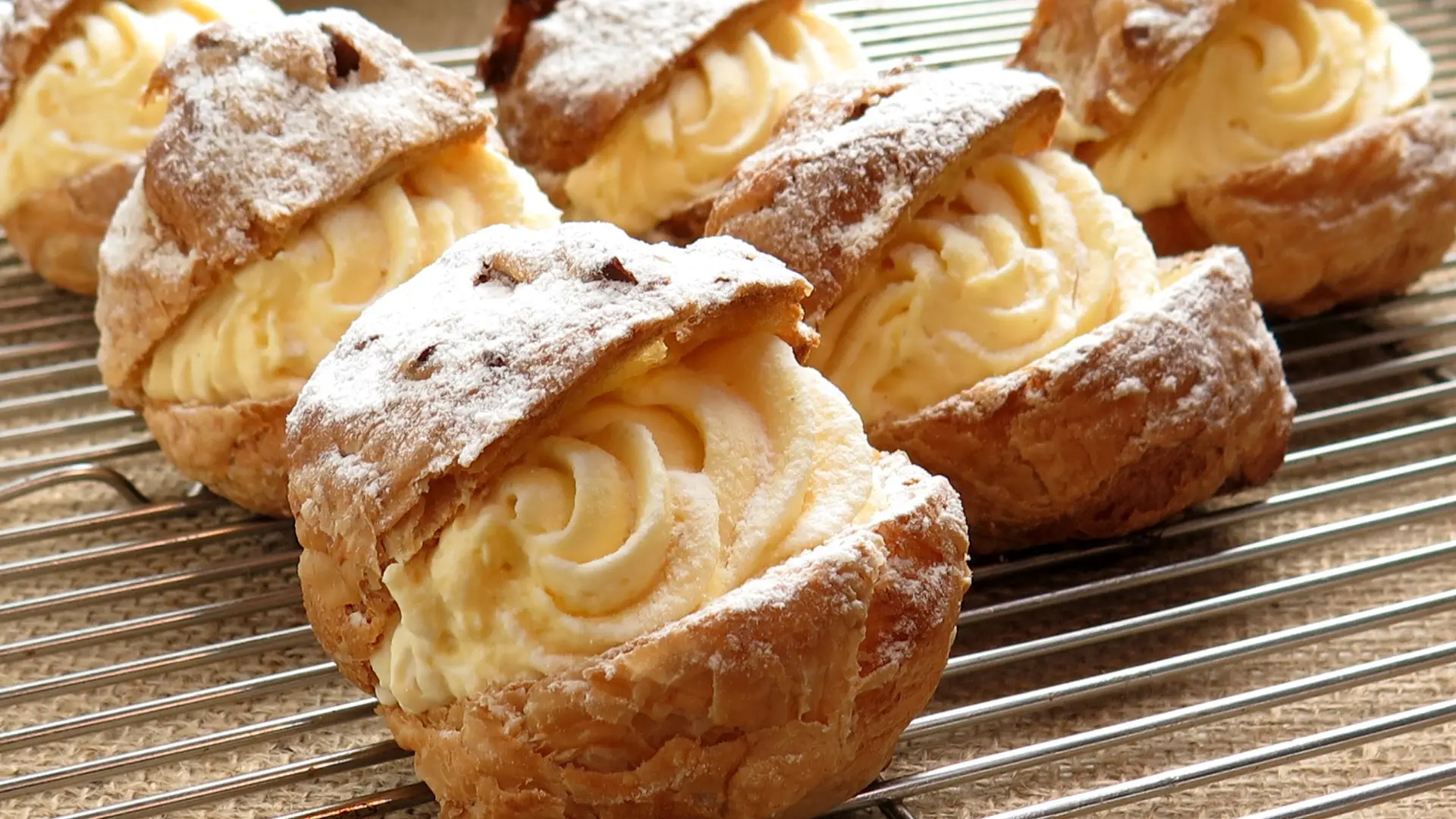













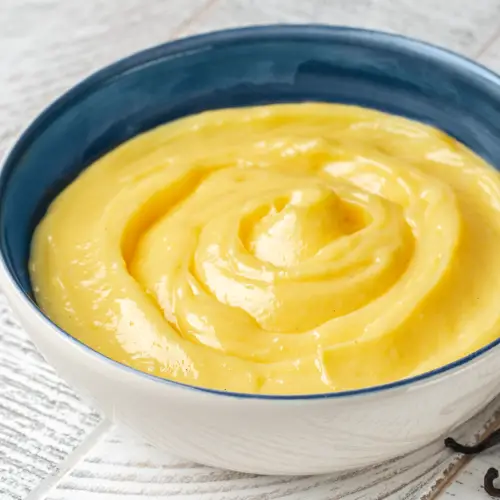


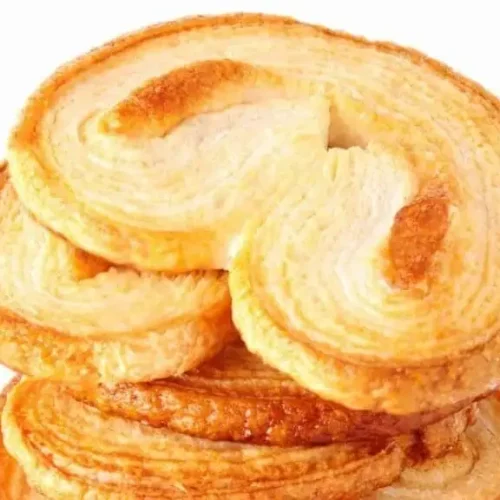


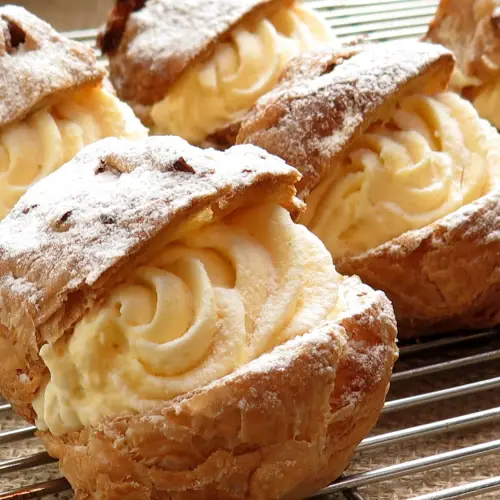
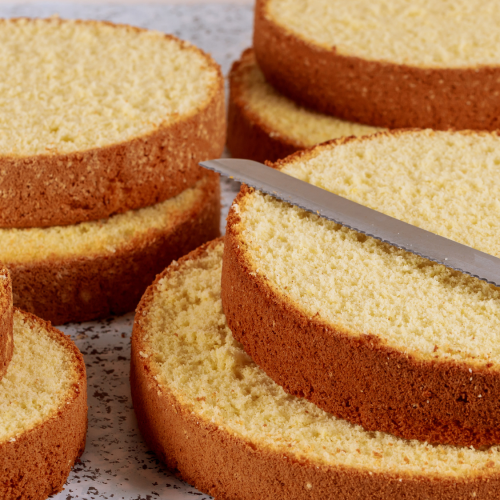

9 comments about “Pasta Frolla: Ricetta Perfetta della Tradizione Italiana”
Ciao, se voglio usare la farina di riso di quanto devo ridurre i tuorli? Uso tuorli e zucchero a velo, burro al 35%-40%. Potreste dare un criterio base da applicare a seconda dei vari pesi degli ingredienti? Il criterio di dosaggio delle uova rimane invariato come spiegato nell’articolo?
Ciao Matteo,
puoi tranquillamente sostituire la farina di grando con quella di riso senza modificare la ricetta!
A presto!
Ciao. Ho trovato questa ricetta per realizzare una frolla montata: 300gr farina di nocciole
500g burro, 300g zucchero a velo, 150g uova, 450g farina 00, 50g tuorli, cannella in polvere qb,
5gt lievito chimico, 2gr sale, 1 bacca di vaniglia.
In merito al bilanciamento da te ben spiegato e da me compreso meno bene 🙁 vorrei chiederti se io volessi usare solo 200g burro in che modo dovrei variare gli altri ingredienti?
In ultimo se non usassi la farina di nocciole (300g), allora dovrei considerare l’utilizzo di 450+300 = 750g di farina? Grazie
Ciao, se decido di aggiungere miele, come nel tuo video, quanto ne devo mettere? Dovrò al contempo togliere pari peso di zucchero?
Ciao Daniele,
puoi sostituire una parte dello zucchero con il miele, fino a un 20%. Tieni conto che il Miele aiuta la colorazione della pasta in cottura, ma riduce la friabilità della frolla, se aggiunto in quantità eccessive (oltre il 20% del peso dello zucchero)
A presto!